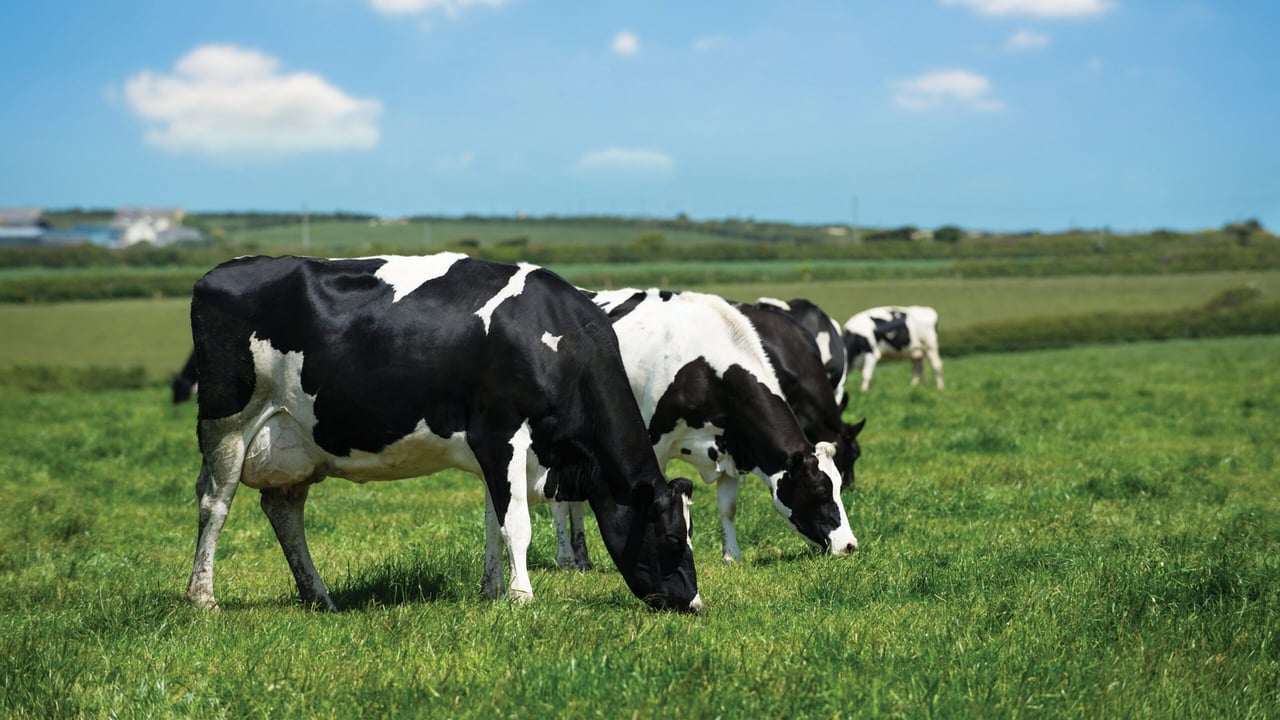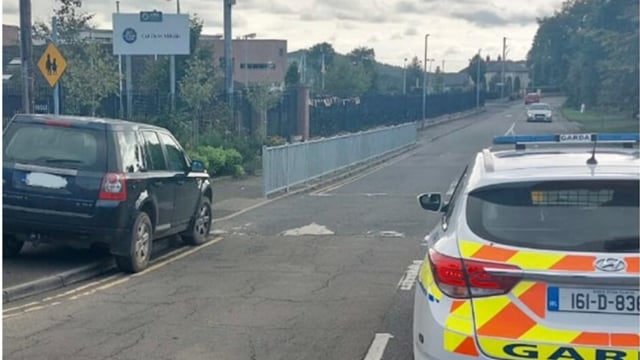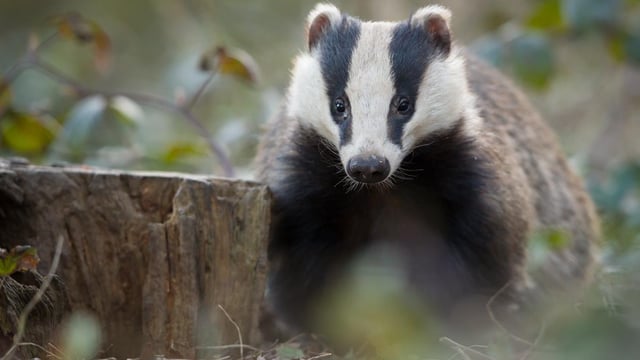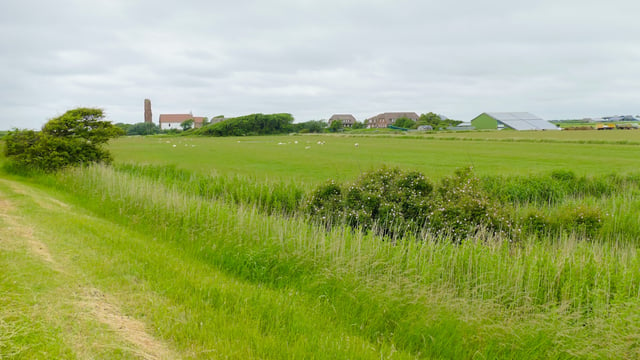Animal welfare tools launched as part of research project
A range of farm animal surveillance, welfare and biosecurity tools were launched at a webinar this week, as part of a research project funded by the Department of Agriculture, Food and the Marine (DAFM).
The collaborative ‘SWAB’ research project involves Teagasc, University College Dublin (UCD) and University of Galway, along with the involvement of the wider agricultural community.
The project has produced practice-ready tools to raise awareness and empower farmers, farm advisors, and the general public about good farm animal surveillance, welfare and biosecurity practices.
The group said that raising farmer awareness of animal health surveillance and diagnostic services, and ensuring common understandings among farmers and farm advisors of good practices for dairy cow and dairy calf welfare, is a crucial concern for the sustainability of Irish agriculture.
Similarly, empowering the general public with information about what good welfare practices look like on Irish dairy farms is crucial for taking an all-society approach to improving the agricultural sustainability, according to Teagasc and the DAFM.
These are all issues that are addressed by the ‘SWAB’ (Surveillance, Welfare and Biosecurity of Farmed Animals) research project.
Animal welfare and biosecurity
The project brought together scientists, industry, farmers, farm advisors, veterinarians, and graphic designers to develop practice-ready approaches to address the issues in an evidence-based and engaging format.
Dr. Conor McAloon, UCD and the project coordinator of SWAB, explained the need to ensure common understandings of animal welfare concepts and raise awareness of the services available to farmers.
He said: “Many challenges in welfare and surveillance cannot be addressed by one type of stakeholder working in isolation. A key issue is that many important messages may be interpreted differently by diverse stakeholders.
The research group said that the strength of these tools is that they were developed by a co-design process involving end users and diverse actors with a stake in the issues being addressed.
SWAB principal investigator, Dr. Áine Macken-Walsh, Teagasc said: “Social science evidence in relation to human behaviour, economics research, and veterinary and epidemiological research findings, were channelled into the co-design process, where all the relevant actors from across the sector shaped the nature of how we could communicate this evidence to the public."
Tools
One of the tools developed is an animated video that targets the issue of farmer engagement with animal health surveillance and diagnostic services.
The video raises and addresses important issues from farmers’ perspectives – time-management, transport logistics, and veterinary advice – that influence farmers’ use of surveillance and biosecurity services offered by DAFM’s Regional Veterinary Laboratories (RVLs).
Prof. Alison Hanlon, UCD, highlighted the need that was identified for co-designed infographics for good practices for dairy calf and cow welfare: “An important message coming from workshops with farmers, advisors and vets, was that there are many good practices that are already implemented on dairy farms.
Dr. Áine Regan from Teagasc, outlined the value of creating better understanding among the general public about good welfare practices on Irish dairy farms: "Our research found that while the public have generally favourable views about farm animal welfare in Ireland, they also feel uninformed about farming practices.
"Working with veterinary and animal welfare scientists, policy-makers, communication practitioners, and graphic designers, we created an animated video for the general public to empower them with knowledge about good welfare practices on dairy farms, so that they can make informed decisions."





